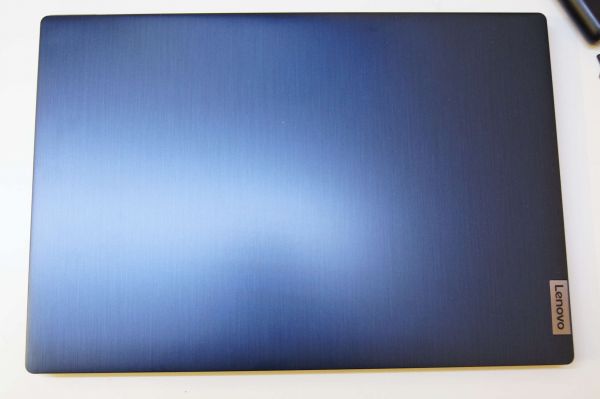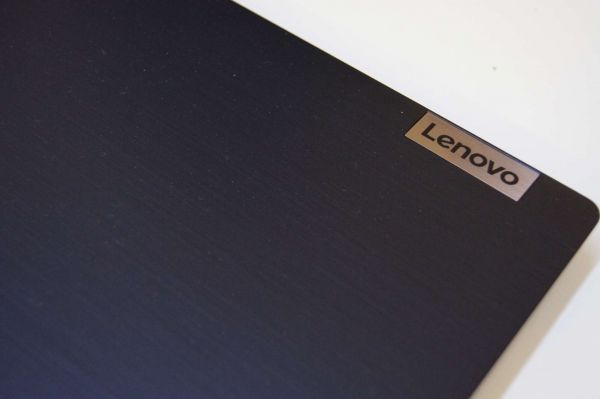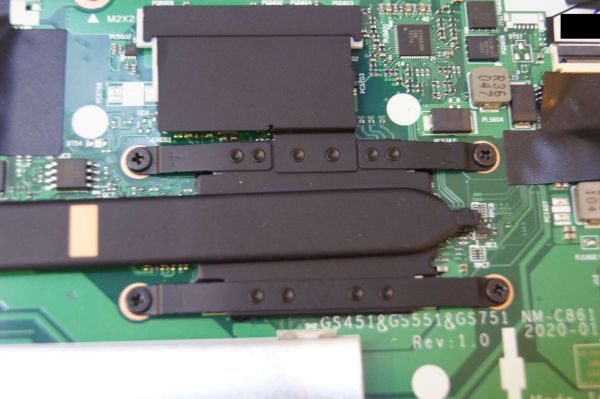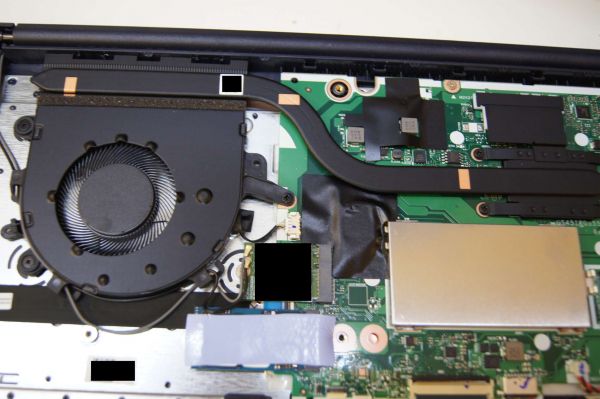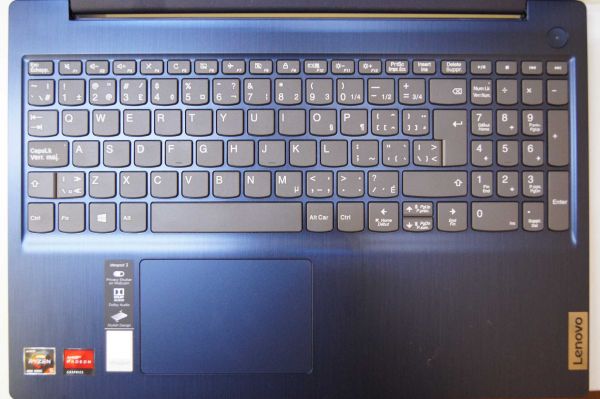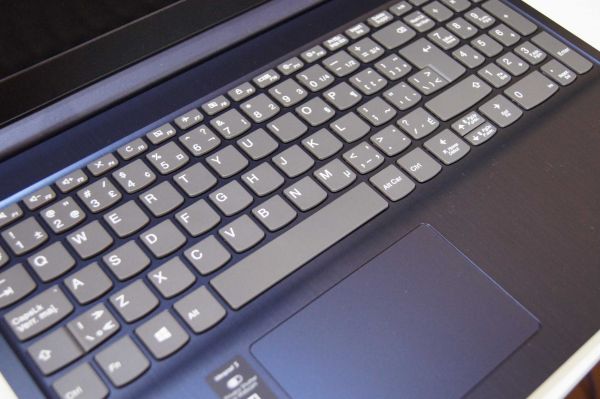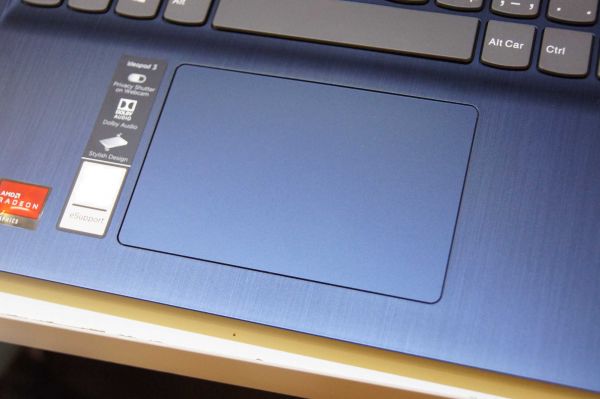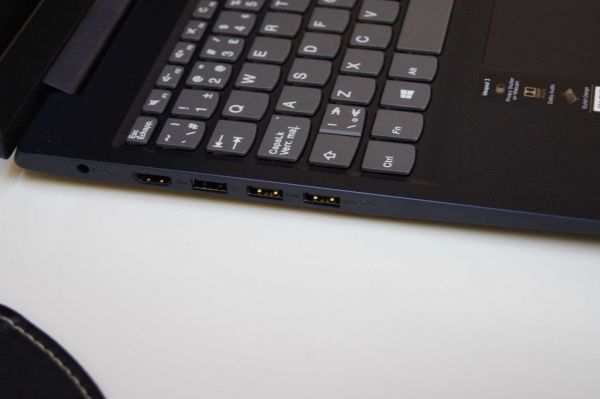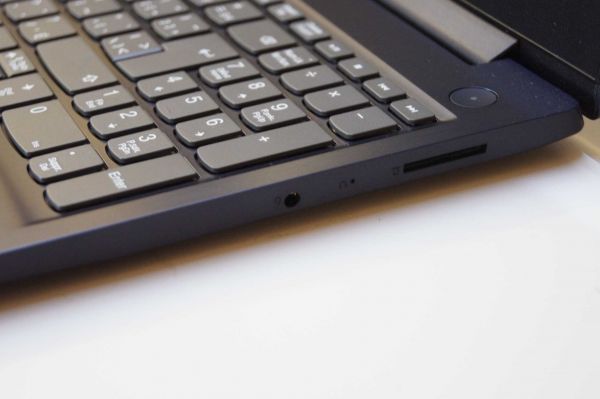User Tools
Table of Contents
Lenovo Ideapad 3 (2021)
This is my text-based review for the Lenovo Ideapad 3. I don't have experience w/ written reviews so please feel free to leave feedback.
I purchased this laptop in May 2021 with the intent of giving it to my parents as a replacement for their older system. The Ideapad 3 hits a very good price to performance ratio as well, given the specs at this price.
I have filmed both a full unboxing/first impressions and teardown/upgrade path video which I'll upload eventually.
Introduction
The Lenovo IdeaPad 3 is a lower cost general purpose laptop, and roughly competes with the Asus Vivobook, Dell Inspiron, and, Acer Aspire series.
The hardware is decently powerful (great for the price) but it's coupled with some mediocre peripherals.
It's an general purpose all-rounder machine.
I purchased this laptop for around $600 CAD from Staples on sale, and my comments are relative to that price.
Specs
- CPU: AMD Ryzen 5 4500U (6C / 6T, 2.3 / 4.0GHz, 3MB L2 / 8MBL3)
- GPU: Integrated AMD Radeon Graphics
- RAM: 4GB Soldered DDR4-3200 + 4GB SO-DIMM DDR4-3200
- SSD: WD SN530 (512GB SSD M.2 2242 NVMe)
- HDD: None (SATA header but no cable)
- DISP: 15.6“ FHD (1920×1080) TN 220nits Anti-glare 16:9
- WLAN: 802.11ac 2×2 Wi-Fi + Bluetooth 5.0, M.2 Card
- KEYB: ISO Layout w/ Numpad (Canada)
Here is the psrefs page from Lenovo with the full specs: ideapad_3_15are05_spec.pdf
Review
CPU/GPU
The Ryzen 4500 is a beast of a CPU in a laptop, with 6 cores and 6 threads. Interestingly, AMD has chosen a higher core count without multi-threading which has been rare until now. Most laptops for the past several generations have included hyper-threading, even on parts that traditionally wouldn't have it. (eg: i5 was 4c/4t for a while).
Compared to older Ryzen mobile processors, this is a good improvement. It's over 1.5x as fast compared to the Ryzen 3500u in my Thinkpad E495 from my testing, which has 4c/8t. Ryzen 3000 series on laptops were essentially rebranded 2000 series, on a 12nm node (which is a refined 14nm seen for the 2500u). The 4500u on the other hand, is on the new 7nm process from TSMC. Not only does it have 2 more physical cores (although multithreading is lacking), there is also an improvement to the clock speed, with a nice boost from 2.1 base to 2.3 GHz, and 3.7 boost to 4.0 GHz boost. The 15W TDP remains the same as last gen, so hopefully efficiency isn't comprimised either.
Compared to those coming from pre 8th gen Intel mobile processors, this is a remarkable speedup. It's unsurprisingly over 3x as fast as my old dual core Zenbook. As I mentioned, until Intel 8th gen, most notebooks only had dual core CPUs in the U lineups, with the higher core counts reserved for H series chips in gaming laptops. This is great to see such fast progress in just a few years, though Intel is likely to blame for the lacking innovation as they rebranded dual cores and 14nm for YEARS.
I don't have as much to say about the GPU. It piggy-backs off the system memory, it uses 2GB from the system, meaning that only 6GB of RAM is available of the 8 by default. It's mediocre VEGA graphics, but it's fine for most tasks for the 1080p display.
Cooling
The CPU cooler consists of a large heatpipe to move heat away from the CPU to the heatsink. The heatsink is cooled by a typical fan for a laptop, a thin radial one.
Overall, the laptop starts in passive mode with the fans off, but it quickly hits the thermal limit and the fan needs to kick in. The heatsink portion is quite small, though it is around the same size as the one on the ThinkPad, overall, I do think it could be bigger to have some more thermal mass.
At least the fan isn't terribly annoying.
RAM
Lenovo has 4 GB soldered onto the motherboard, and a 4 GB removable DIMM.
Having opened the cover, it looks to my untrained eye like they could have made both DIMMs removable.
The RAM is clocked at 3200 MT/s, which is good and fine for this generation of processors, and notably above the 2666 that Ryzen 3000 mobile supported.
Unfortunately, the removable DIMM is a 1Rx16 module, which LTT showed in this video is sub-optimal, compared to dual rank memory.
The removable DIMM was from Samsung with Samsung dies.
I wish both were removable, or at least an 8GB onboard option was offered to make it more useful.
SSD
The included SSD is a WD SN530. This looks like a 2242 version of the popular SN550 (before WD silently downgraded that one). The laptop can take both 2242 and 2280 SSDs which is good.
I tried to clone the SSD using DD to a WD SN550, but it caused the Windows installer to fail. I also learned that you can't DD the windows 10 installed onto a flash drive like you can with almost all Linux distribution installers. I couldn't do a traditional install and migration, since I didn't have a way to connect M.2 SSD's over USB at the time of setup.
Display
Pros: it's actually Full HD 1080p (1920×1080) and not the typical 1366×768 HD laptops.
Cons: it's a TN panel. the maximum brightness is quite poor, so is the minimum brightness. Viewing angles are terrible as is to be expected with a TN panel. Overall, it's barely passable. At least it's not CCFL lit?
Keyboard
Similar key style to the Lenovo Thinkpad E495, but clearly different internals. Very mushy in comparison. Again, it's passable, at least you can type with it, but the Thinkpad keyboard is much nicer for daily use.
Trackpad
It's passable. It's not glass (but neither is the Thinkpad), the plastic has that 'squeaky' feel to it more so then the Thinkpad (and even then, the Thinkpad E495 is worse then the T14). The size if fine, it's large enough to not be annoying to use.
The trackpad does “click” in so you don't have to rely on the tapping gesture nonsense. There are zones for the left/right click, though they are not dedicated.
Default drivers do 2 finger scroll, which is probably better for most people then the older 'finger on right edge' method.
Speakers
Passable. Not great, about on par with the E495, which is also bad.
In comparison to my much older laptop, the Asus N56VJ, there are outright bad (to be fair, that laptop emphasized multimedia and even had a dedicated subwoofer). Compared to the Asus UX330, they are worse but by less.
Overall, it's not as loud, sounds rather tinny, and starts distorting at louder volumes. Like the UX330 and E495, it is downward firing, so it will need to be on a hard surface to be of a useful volume (unlike the N56VJ with the top mounted much larger speakers).
Charger
DC barrel. Not USB-C, and it's also different then the rectangular older thinkpad chargers. Not sure why Lenovo decided to use this diameter of DC input.
It is 19V, so if it breaks, finding a compatible charger should be fine (just get one with many of the tips).
It is 45W, which is fine for a lower power device without a dedicated GPU.
Battery
It is a 3 cell battery, positioned in the front of the laptop.
The shape is rather interesting, it looks like the motherboard has a ribbon cable endpoint for SATA data and power, and the chassis has the space for a 2.5” HDD or SSD (5V only IIRC).
However, this battery takes up that space, so no 2.5“ drive mount is possible, even if you buy the ribbon cable.
The E495 has a similar arrangement, but it has the SATA cable included, and also the battery is more square-ish rectangular, which allows for the SSD to be mounted.
This might be upgrade-able in a few years when I replace the battery (which is at replacable), though not as standard of a size as our 6/9 cell 18650 laptops of yester-year.
Camera
It has one. It works, and video compression on calls will hide the noise anyways (mostly).
It's a 720p webcam, so at least better then 640×480, and it's on the top of the screen.
Again, fine for video calls, no need to spend money on a 1080p60 camera on a budget laptop.
WiFi
Some Qualcomm card. It worked, I didn't look too in-depth.
I/O
Arguably the most important part.
Left:
- DC In (barrel jack)
- HDMI
- 1.4 at least, can do 1440p60, 4k60 untested so not sure if 2.0
- PSREF says 1.4b so probably only 4k24.
- USB 2.0
- USB 3.x (? could be 3.0, 3.1 or 3.2)
- USB 3.x (? could be 3.0, 3.1 or 3.2)
- IO busy indicator
Right:
- Full size SD card reader
- SDXC (>32GB capacity) tested
- Did not check if connected as USB mass storage or MMC.
- 3.5mm TRRS headset connector
- Button
- Reset button? BIOS flashback? Not sure yet. Not labelled in PSREF either.
Teardown/Upgrades
Parts replacable:
- 1x SODIMM RAM
- 1x M.2 2242 or 2280 NVMe SSD.
- 1x 2.5” SSD maybe?
- Battery
- Display?
Linux Support
It works, didn't test WiFi, used a USB-Ethernet Realtek adapter for testing. Display brightness worked, USB chipset worked.
Didn't test long enough to see if it has the random freezing issues of the E495 that required me to completely disable compositing.

